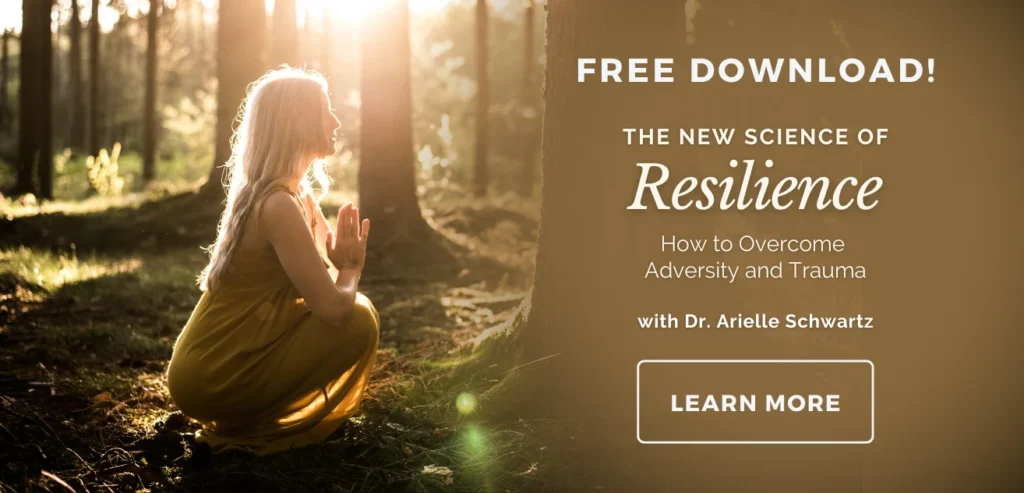Stone Henge: Back Pain Relief

Savasana (Relaxation Pose) is a welcome respite, the well-deserved dessert after your asana practice. It’s a time of rest and integration, the time when you get to lie still and absorb the benefits of your asana practice.
But for some people, it’s actually not so relaxing. I often see students lie down on the floor, only to begin fidgeting, bending their knees, placing a roll under the lower spine, etc. That’s when I know they need support, not under their backs, but instead, under their lower legs. When I place support under their legs, back pain relief is almost always instantaneous.
Why Does Support Under The Legs Relieve Back Strain?
Shortened hip flexors are quite common in our culture. Because of our pervasive cultural habit of marathon chair sitting, many people end up with shortened hip flexors. This is because sitting puts all our joints into a flexed position. Over time, the muscles shorten.
When your legs are stretched out on the floor, the hip flexors stretch. When shortened hip flexors stretch passively, as in Savasana, the low back is pulled into hyperextension. That’s where back discomfort comes from.
Savasana is most effective when we’re able to relax completely. If we’re feeling fidgety and uncomfortable, our nervous systems will continue to feel agitated. We won’t feel the quiet sense of ease that is the hallmark of a deep Savasana. The good news is that relief is easy to find.
Stonehenge: Back Pain Relief In Savasana—And More
I learned Stonehenge many years ago at a Restorative Yoga teacher training with Judith Hanson Lasater. Several of my students find that Stonehenge is the most effective way to find back pain relief in Savasana, and they set themselves up this way in every class.
Stonehenge has some characteristics of a very mild inversion (variation of Stonehenge shown below.) In addition to being an effective supported Savasana, the pose can be a good substitute for poses such as Viparita Karani (Legs Up the Wall) or even Salamba Sarvangasana (Shoulderstand) for people for whom full  inversions are contraindicated. (This includes people with unregulated high blood pressure, detached retina, heavy menstrual flow, or glaucoma.) So instead of merely setting these people up in the standard go-to, Balasana (Child’s Pose), set them up in Stonehenge, which will give them some of the benefits of inverting without the risks.
inversions are contraindicated. (This includes people with unregulated high blood pressure, detached retina, heavy menstrual flow, or glaucoma.) So instead of merely setting these people up in the standard go-to, Balasana (Child’s Pose), set them up in Stonehenge, which will give them some of the benefits of inverting without the risks.
How to Set Up Stonehenge
- Gather your props: a yoga mat, two 4-inch yoga blocks, and a yoga bolster. Don’t use 3-inch yoga blocks for this pose. They are more likely to tip over than the wider 4-inch blocks.
- Set your blocks up, in their tallest dimension, on the foot end of your mat. Set them up so that they’re about the width of your hips apart. This width is important because if the blocks are too close together, the weight of your legs may cause the bolster to sag down on either side, which could destabilize the blocks. The same is true if the blocks are too far apart; the bolster may sag down in the middle. So you want the blocks to be right below your legs for the best support.
- Lay your bolster widthwise on top of your blocks, so that it’s oriented crosswise on your mat.
- Lie down on your mat with your knees bent and the soles of your feet on the floor. Bend your knees in toward your chest and then place your calves on the bolster. You may need to adjust your hips toward or away from the bolster to find your most comfortable position.
- Relax and enjoy.
Also, read...
Yoga for Back Pain: Are Your Tech Devices Ruining Your Posture?
Yoga for Neck and Shoulder Pain: Healing the Mid-Back Core
Yoga for Back Pain and Scoliosis: Keys to Addressing Spinal Imbalances with Yoga
Related courses

Charlotte Bell began practicing yoga in 1982 and began teaching in 1986. She was certified by B.K.S. Iyengar in 1989 following a trip to Pune. In 1986, she began practicing Insight Meditation with her mentors Pujari and Abhilasha Keays. Her asana classes blend mindfulness with physical movement. Charlotte writes a column for Catalyst Magazine and serves as editor for Yoga U Online. She is the author of two books: Mindful Yoga, Mindful Life, and Yoga for Meditators, both published by Rodmell Press. She also edits Hugger Mugger Yoga Products’ blog and is a founding board member for GreenTREE Yoga, a non-profit that brings yoga to underserved populations. A lifelong musician, she plays oboe and English horn in the Salt Lake Symphony and the folk sextet Red Rock Rondo whose 2010 PBS music special won two Emmys.




